Published: 12/17/2012, 08:08 PM
Buffalo Niagara Medical Campus work begins with ‘Conventus’
$90 million structure to be finished by 2015
BY: Henry Davis /News Medical Reporter
The transformation of Main Street along the Buffalo Niagara Medical Campus is about to get started.
Fencing went up Monday, and construction is expected to begin soon on a major medical office building on the block bounded by Main, High, Ellicott and Goodrich streets.
The major tenants will include doctors associated with the University at Buffalo medical group known as UBMD and many services connected to a new Women & Children’s Hospital, which will abut the office building being developed by the Ciminelli Real Estate Corp.
The $90 million building is planned to be just less than 300,000 square feet over six floors, but it could grow to seven floors, depending on interest from additional tenants, said Denise Juron-Borgese, the project manager.
The developer has named the building “Conventus,” which is Latin for coming together and reflects the building’s planned connecting walkways with nearby facilities, including the Research Institute on Addictions and the anticipated new UB Medical School building.
“Our building is the hub that will be connecting the other buildings,” said Timothy Vaeth, vice president of development at Ciminelli.
Vaeth and Juron-Borgese said Ciminelli is moving ahead with work in anticipation of final site plan wp-contentroval in January by the city Planning Board. In addition, the developer in January will seek sales and property tax abatements for the project from the Erie County Industrial Development Agency.
Women & Children’s Hospital, a part of Kaleida Health, is moving from its longtime Bryant Street location in the Elmwood Village to the downtown Medical Campus. Groundbreaking for the new facility, which will be renamed the John R. Oishei Children’s Hospital, is expected in the spring, with completion in early 2016.
UB officials have said they plan to relocate the School of Medicine and Biomedical Sciences from the South Campus to the Medical Campus by 2016 in a project estimated to cost $375 million.
The Ciminelli project will begin with remediation of the site through the state’s Brownfield Cleanup Program, which provides tax credits for cleanup and redevelopment of properties with environmental issues.
Ciminelli needs to remove a lot of the soil, which contains elevated levels of petroleum hydrocarbons as a result of the site’s history as a gas station for many decades. Both Kaleida Health, which owns the land, and Ciminelli, the developer that will lease the land, are responsible for the cleanup.
The project marks the first major private investment on the downtown Medical Campus and is the most expensive single building Ciminelli has developed.
Completion of the building, which will include two levels of underground parking for 318 vehicles, is scheduled for spring 2015.
The pediatric outpatient surgery center in the new children’s hospital will use space in the Ciminelli building, with the Ciminelli building acting as the “front door” of the surgery center, Vaeth said. The second and third floors of the Conventus building will connect seamlessly to the pediatric hospital, he said.
Kaleida Health also will use the Ciminelli building for a number of other children’s services, including a pharmacy, a laboratory and clinics, including dialysis, therapy infusion and the Robert Warner Rehabilitation Center.
“Physicians [at Women & Children’s] wanted to leverage the accessibility of the Ciminelli building to Main Street. This is where people can check in, and it keeps congestion away from other facilities,” said Robert Bragg, vice president of campus development at Kaleida Health.
Young patients will enter through the Ciminelli building and receive surgery in the new children’s hospital, which will connect to Buffalo General Medical Center across Ellicott Street through a second-floor walkway and a tunnel for utilities and support services. Work on the tunnel, assuming city wp-contentroval, is scheduled to begin early next year, Bragg said.
The building, which was designed by Kideney Architects of Amherst, also will include limited retail business on the first floor, mainly to serve the tenants, such as, potentially, a bank branch and a food store. Plans for a hotel were abandoned in favor of devoting the space to medical use, Vaeth said. However, he said, it’s likely the Medical Campus will need more hotel rooms in the future as development expands.

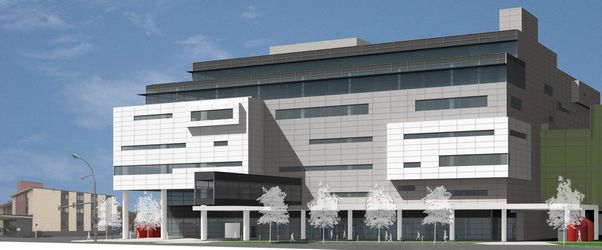


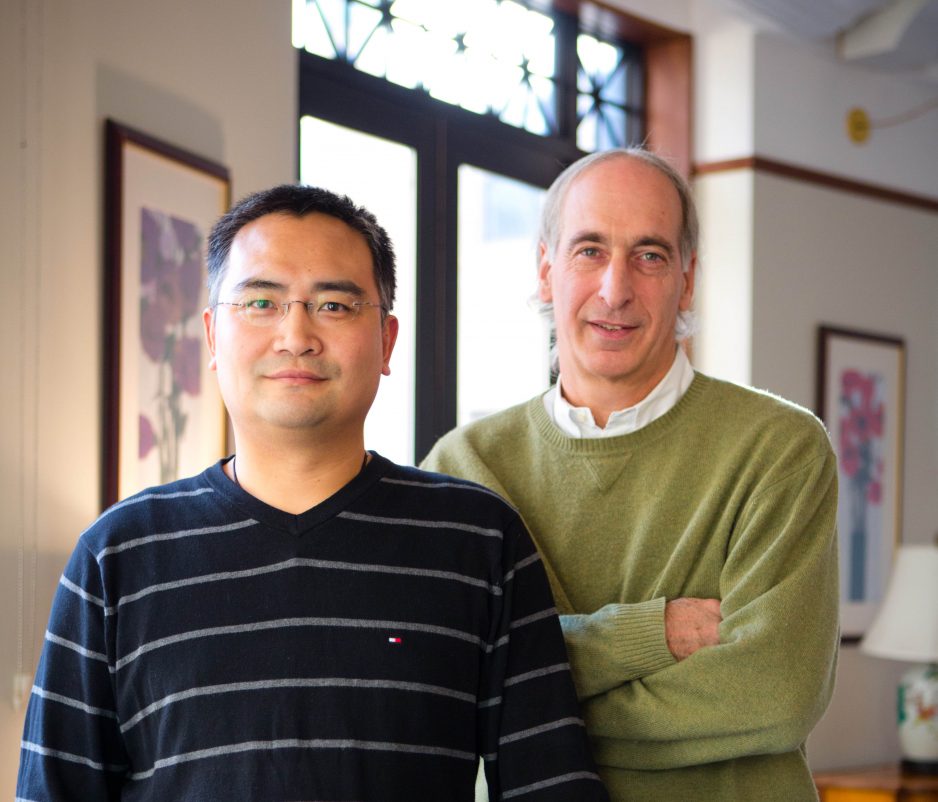

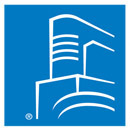


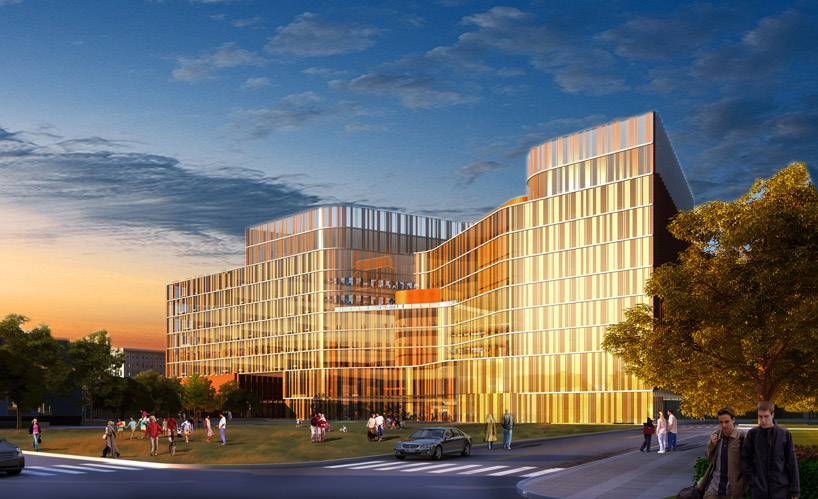



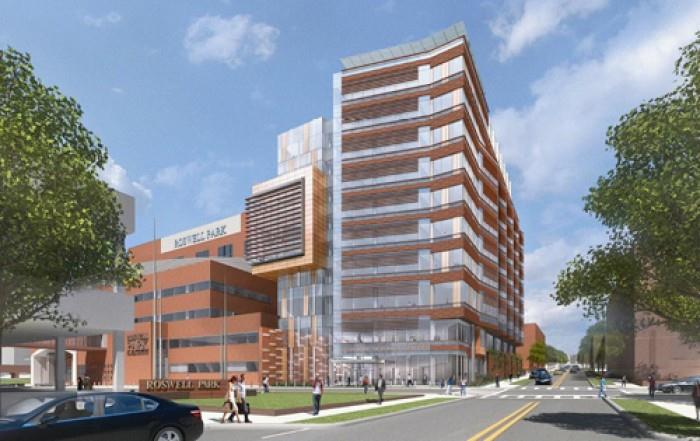

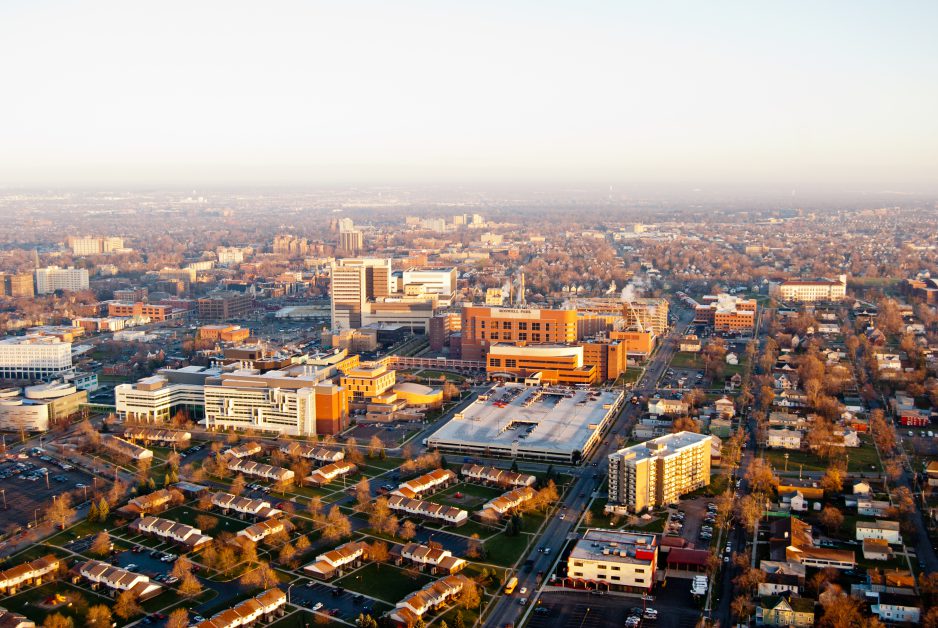
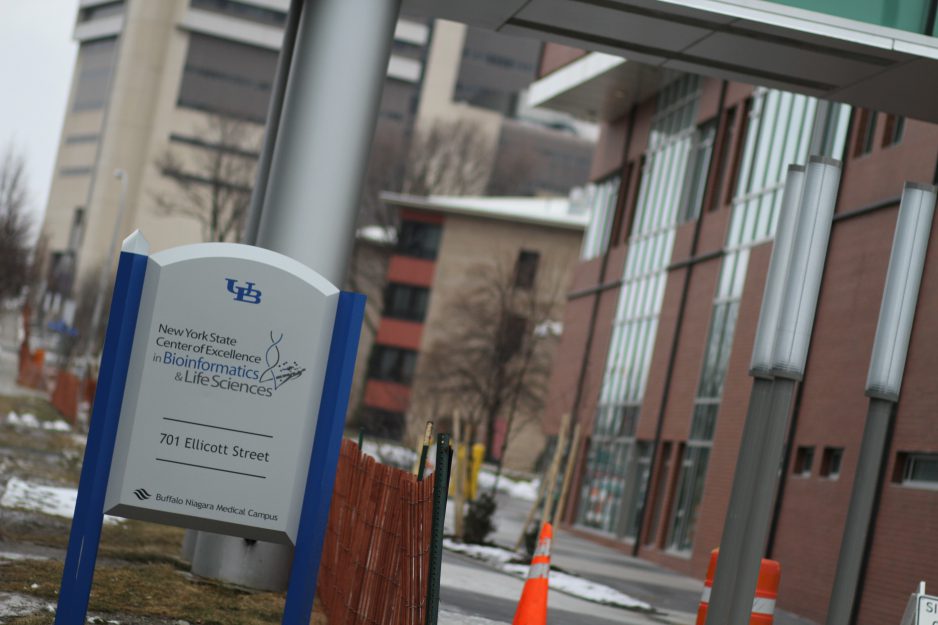






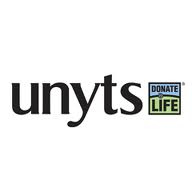
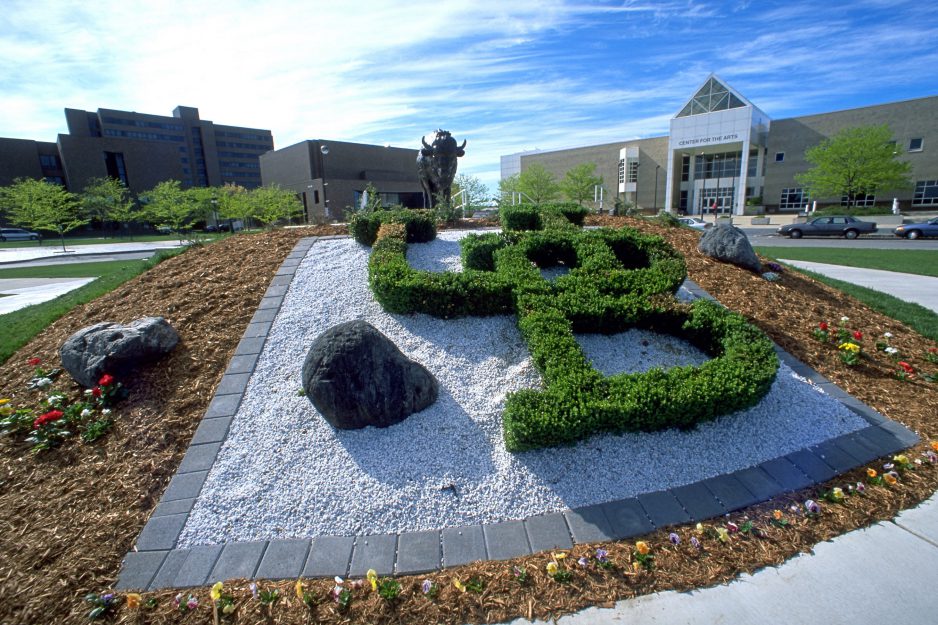



![[ photograph ]](http://www.buffalo.edu/news/thumbnails/J-Craig-Venter-UB.jpg)







